Insurance chiefs have made their strongest call yet for urgent reform of the system for industrial deafness claims.
In a speech yesterday at law firm Weightmans, the Association of British Insurers called for fixed fees in compensation claims for hearing loss.
Head of liability James Dalton (pictured) said that the number of such claims has gone up from 1,000 in March 2012 to 3,500 in March 2014.
The industry has previously backed legislative changes to echo the reforms made to whiplash claims – and Dalton spelt out exactly what insurers want from any future government.
He explained that fixed legal fees were the only way to ‘get a grip’ on the spiralling costs of hearing loss claims.
Dalton added: ‘We need to seriously explore if the existing claims portal can be adapted to deal with multi-defendant claims, or if there is a need for a standalone portal for deafness claims to reduce the 17 months that it currently takes to settle a typical industrial deafness claim.’
The ABI’s call comes days after the Court of Appeal rejected a claim from a former railway worker who claimed to have suffered hearing loss while working at an engineering works from 1953 to 1988.
The court heard that Howard Platt had 11 separate consultations on hearing problems from 1982 to 2011. It was not until 2011 that he was specifically told that part of his hearing loss was noise-induced (NIHL).
Lord Justice Vos said it was reasonable to expect Platt to have made further enquiries once the issue of noise exposure had been raised.
Helen Elsworth, partner at national firm DWF, acted for the Department for Transport, which inherited the liabilities for BRB (Residuary) Ltd in 2013. She said the judgment could assist in deterring ‘unmeritorious’ claims in future.
‘Those defending NIHL claims are often faced with GP notes littered with references to tinnitus and hearing problems over many years before a claim is brought,’ she said.
‘The burden is on the claimant to show he had neither actual knowledge or ought not to be imputed with constructive knowledge and the threshold is reasonably high, as is made clear throughout this judgment.’



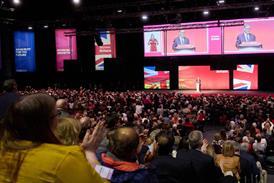



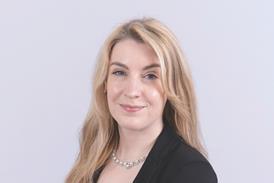
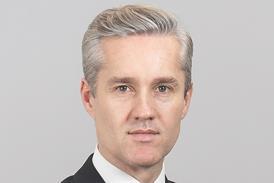









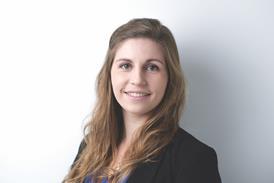
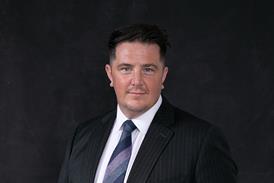







12 Readers' comments